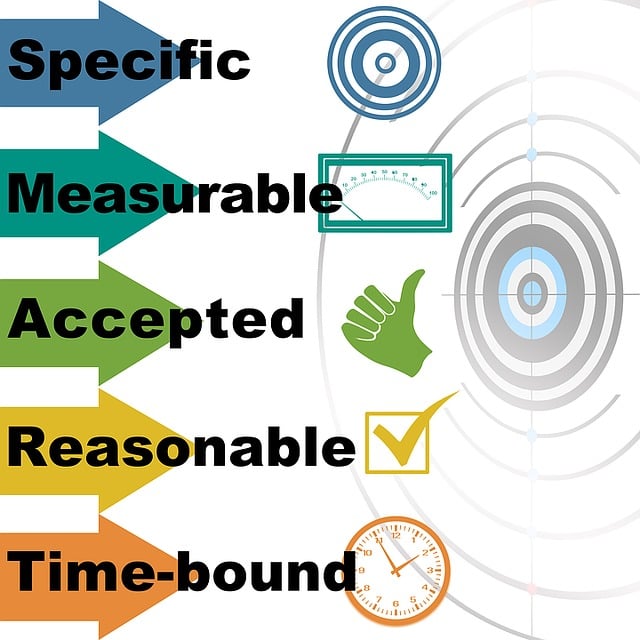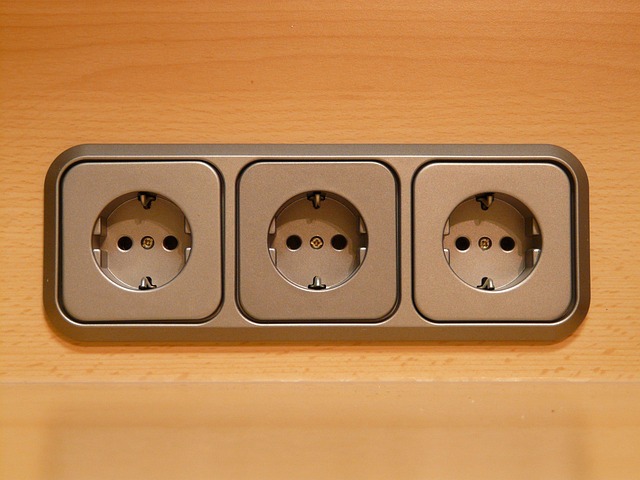In the real estate industry, adhering to safety compliance regulations is vital for creating secure, appealing, and compliant spaces. Local, state, and federal bodies enforce standards on fire safety, accessibility, and environmental factors that owners and managers must understand. Regular inspections, predictive maintenance, and organized inventory systems are key strategies to proactively identify potential hazards, enhancing safety, preventing costly repairs, and maximizing asset value in competitive markets. Prioritizing safety compliance protects tenants, mitigates legal risks, and ensures regulatory adherence across all properties.
In the dynamic realm of real estate, maintaining safe and compliant facilities is paramount. This article navigates the crucial aspect of ensuring safety through a comprehensive exploration of regulatory requirements and best practices in facility management. From understanding evolving safety standards to implementing strategic maintenance plans, we delve into essential steps for real estate professionals. Learn how to foster a culture of continuous safety and regulatory adherence, ultimately enhancing property value and tenant satisfaction.
Understanding Safety Compliance Regulations in Real Estate

In the realm of real estate, maintaining facilities for safety compliance is paramount. Property owners and managers must navigate a labyrinthine web of regulations designed to safeguard occupants and prospective buyers alike. Understanding these safety compliance regulations is crucial for ensuring a secure and welcoming environment in any Real Estate setting.
Delve into the various standards and guidelines set by local, state, and federal bodies. Specifically, focus on aspects like fire safety, accessibility, and environmental considerations. Regular inspections and prompt maintenance are key to staying compliant. In summary, staying informed about Safety Compliance Regulations is a game-changer for Real Estate professionals, fostering a robust and responsible market.
Implementing Effective Facility Maintenance Strategies

Implementing effective facility maintenance strategies is paramount in real estate to ensure safety compliance and maximize asset value. Regular inspections, predictive maintenance, and a well-documented inventory system are key components. By proactively identifying potential hazards and scheduling repairs before issues escalate, property managers can create a safe living or working environment for tenants or occupants.
These strategies not only mitigate risks but also contribute to cost savings in the long run. Preventive measures, such as routine upkeep and timely replacement of worn-out equipment, help avoid unexpected breakdowns or failures that could lead to costly emergency repairs. Moreover, maintaining facilities to high standards enhances the overall appeal and marketability of properties, further increasing their value in competitive real estate markets.
Ensuring Continuous Safety and Regulatory Adherence

In the real estate sector, maintaining facilities for safety compliance is paramount. It involves a comprehensive strategy to ensure continuous safety and regulatory adherence across all properties. Regular inspections and maintenance checks are essential to identify and rectify potential hazards before they escalate. This includes updating safety features like fire alarms, smoke detectors, and emergency exit signage, as well as implementing robust safety protocols for occupants and staff.
Real Estate professionals must stay abreast of evolving safety regulations and industry standards. Staying current enables them to make necessary adjustments to facility management practices. By prioritizing safety compliance, real estate owners not only protect tenants and visitors but also mitigate legal risks and potential financial losses associated with safety infractions.






